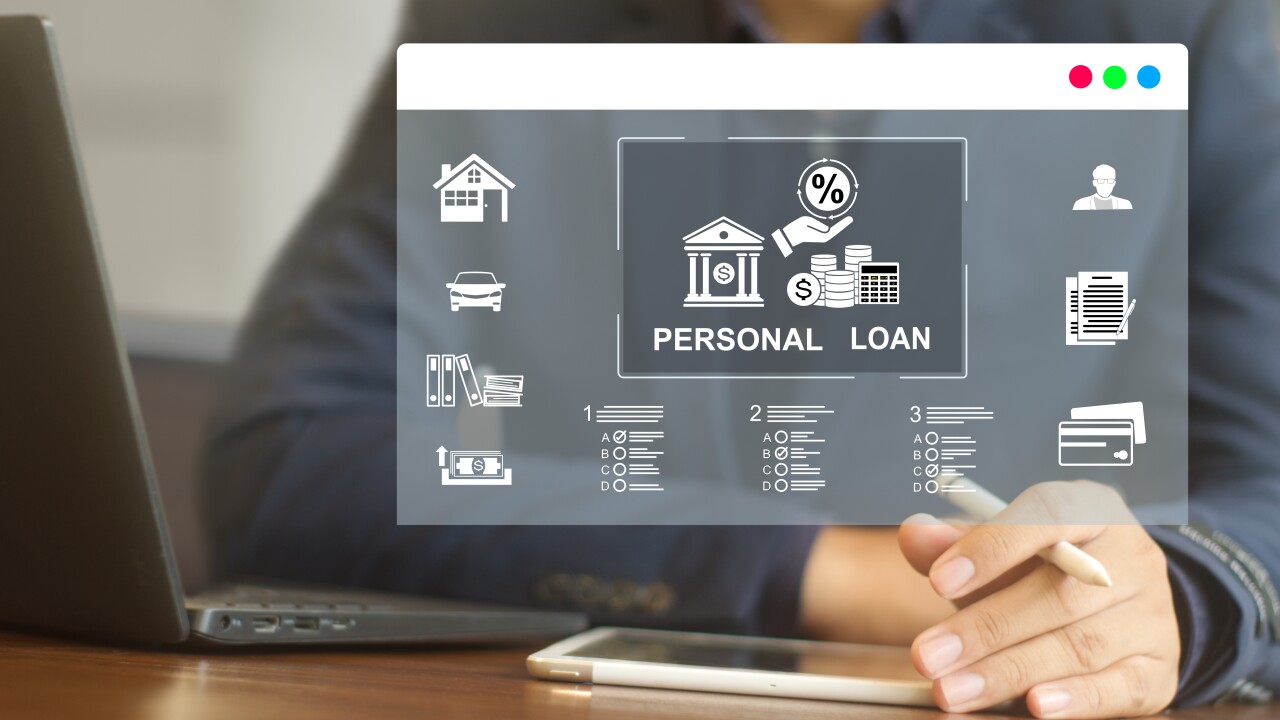The performance of securitized private student loans continued to improve in the third quarter, but the percentage of loans in forbearance jumped, largely as a result of Hurricanes Harvey and Irma, according to rating agency DBRS and MeasureOne.
The increase occurred in both traditional private student loans and in loans used to refinance the student debt of borrowers with advanced degrees and high incomes. The percentage of private student loans in forbearance rose to 2.5% from 2.0% in the second quarter. That was in sharp contrast to the longstanding trend of improvement, which has been driven by the low unemployment rate, borrowers who have exhausted their forbearance allowance, and more stringent forbearance policies for loans in recent securitization vintages.

Meanwhile, the average monthly forbearance rate for refinance loans also increased, albeit from a lower base, to 0.53% of total outstanding principal balance at the end of September. That was up from the 0.30% average monthly forbearance utilization rate experienced in second quarter and slightly higher than the 0.52% average monthly forbearance rate in the first quarter.
“Although still very low by historical performance standards, an increase in forbearance utilization can be a leading indicator of performance deterioration, so this metric will continue to be closely monitored,” DBRS said in the report, which was published Tuesday.
In both cases, however, DBRS said the increases in forbearance were at least partially attributable to borrowers receiving temporary payment relief following Hurricanes Harvey and Irma, which have impacted large parts of Texas and Florida.
For now, default rates for traditional private student loans issued post-crisis remain low and continue to show signs of flattening, reflecting the favorable economic environment, more stringent underwriting standards and borrowers with higher credit scores, as well as recent transactions that contain a large percentage of seasoned loans.
At the end of the third quarter, loans more than three months behind on payments stood at 1.8% of the repayment balance, down 3.2% on the quarter and 9.8% on the year.
Delinquencies on refinance loans were even lower – just 0.02% of the outstanding principal balance was more than three months behind on payments as of Sept. 30. That was unchanged on the quarter but up from 0.01% a year earlier.
The DBRS Private SLABS Index comprises data provided by MeasureOne and tracks the performance of 113 transactions issued from 2001 through the third quarter of 2017. As of Sept. 30, total assets in the index were $93.7 billion, up 2.5% on the year but down 0.1% on the quarter. Notwithstanding the growth in initial balance, the overall outstanding balance continues to decline as it has since 2011, as prepayments and regular amortization outpace the growth in collateral volumes. Over the past year, the outstanding balance of the index has fallen by 8.9%.





